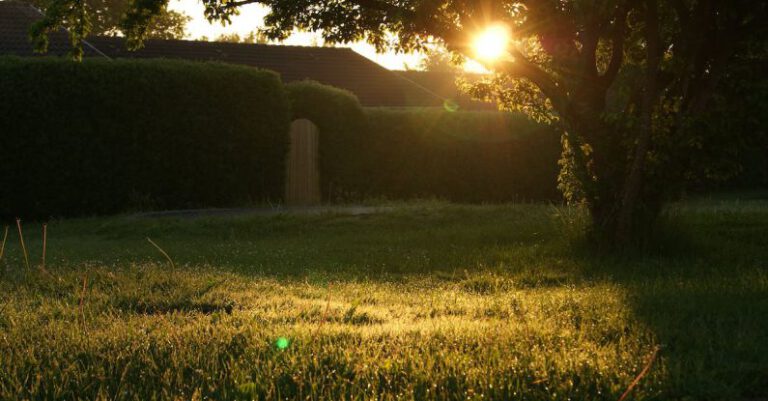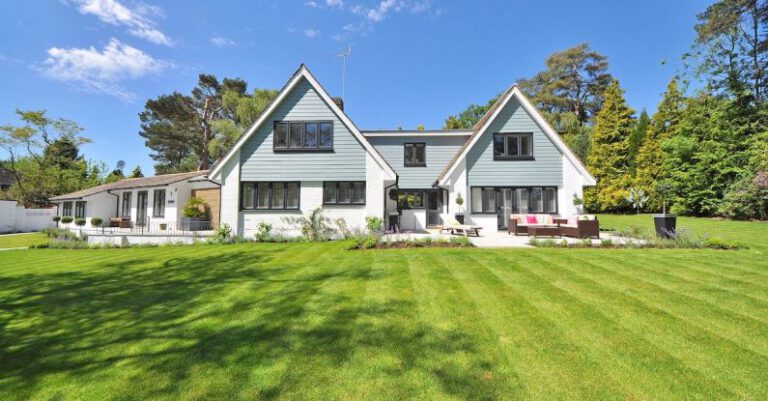How to Design a Pet-friendly Yard?
Creating a pet-friendly yard is not only beneficial for your furry companions but also adds to the overall aesthetic appeal of your outdoor space. With some thoughtful planning and design, you can transform your yard into a safe and enjoyable environment for your pets to roam and play. From choosing pet-safe plants to creating designated play areas, here are some tips on how to design a pet-friendly yard.
Choosing Pet-Safe Plants
When designing a pet-friendly yard, it is essential to select plants that are safe for your furry friends. Some common plants, such as lilies, azaleas, and daffodils, can be toxic to pets if ingested. Opt for pet-safe plants like sunflowers, marigolds, and pet grass that are non-toxic and won’t harm your furry companions if they decide to nibble on them. Additionally, consider creating a raised garden bed or using planters to keep toxic plants out of reach of your pets.
Creating a Play Area
Dedicate a specific area in your yard for your pets to play and exercise. Install a fence or create a boundary using plants or hedges to ensure that your pets stay within the designated play area. You can also incorporate agility equipment, such as tunnels, ramps, and hurdles, to provide mental and physical stimulation for your pets. Adding toys like balls, frisbees, and chew toys can also keep your pets entertained and engaged while spending time outdoors.
Providing Shade and Shelter
Just like humans, pets need a shaded area to retreat to on hot and sunny days. Create shaded spots in your yard using trees, umbrellas, or awnings where your pets can rest and cool off. If you have a dog, consider installing a doghouse or a shaded kennel where they can seek shelter from the sun or inclement weather. Providing access to fresh water is also essential to keep your pets hydrated while they enjoy the outdoors.
Avoiding Harmful Chemicals
To maintain a pet-friendly yard, avoid using harmful chemicals such as pesticides, herbicides, and fertilizers that can be toxic to your pets. Instead, opt for pet-safe alternatives or natural remedies to keep pests at bay and maintain a healthy lawn and garden. Consider using organic products or homemade solutions to treat common garden issues without putting your pets at risk of exposure to harmful chemicals.
Creating a Comfortable Resting Area
Make sure to provide your pets with a comfortable resting area in your yard where they can relax and unwind. Consider placing a pet bed, blanket, or mat in a shaded and quiet corner of your yard where your pets can take a nap or enjoy some downtime. Providing outdoor furniture like benches or chairs with cushions can also create a cozy spot for you and your pets to relax together in the yard.
Encouraging Exploration and Interaction
Encourage your pets to explore and interact with their surroundings by incorporating sensory experiences in your yard. Create a sensory garden with a variety of textures, scents, and sounds that will stimulate your pets’ senses and keep them engaged. You can plant herbs like lavender and mint, install a water feature like a fountain or a birdbath, or add wind chimes or rustling grasses to create a sensory-rich environment for your pets to enjoy.
Incorporating Pet-Friendly Features
In addition to plants and play areas, consider incorporating pet-friendly features into your yard design. Install a pet door that allows your pets to come and go freely between the indoor and outdoor spaces. Create a designated potty area with gravel or artificial turf for easy cleanup and maintenance. Adding outdoor lighting, such as solar-powered lights or string lights, can also enhance the safety and visibility of your yard for your pets during nighttime.
Maintaining a Pet-Friendly Yard
Once you have designed a pet-friendly yard, it is essential to maintain it regularly to ensure the safety and well-being of your pets. Keep your yard clean and free of debris, sharp objects, and potential hazards that could harm your pets. Regularly mow the lawn, trim plants, and inspect the fencing to prevent any escape routes for your pets. By staying proactive and attentive to your yard’s upkeep, you can create a safe and enjoyable outdoor space for your furry companions to thrive in.
Designing a pet-friendly yard requires careful planning and consideration to create a space that is both functional and safe for your pets to enjoy. By choosing pet-safe plants, creating designated play areas, providing shade and shelter, avoiding harmful chemicals, and incorporating pet-friendly features, you can design a yard that meets the needs and preferences of your furry companions. With some creativity and effort, you can transform your yard into a pet paradise where your pets can play, relax, and explore to their heart’s content.






